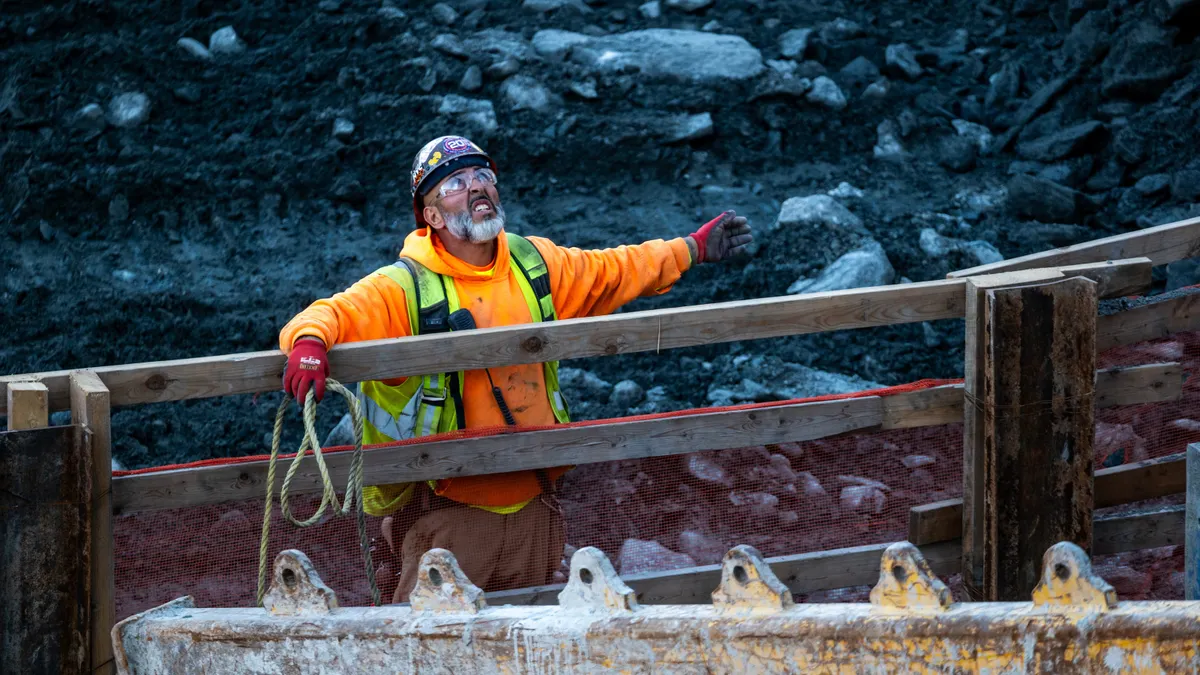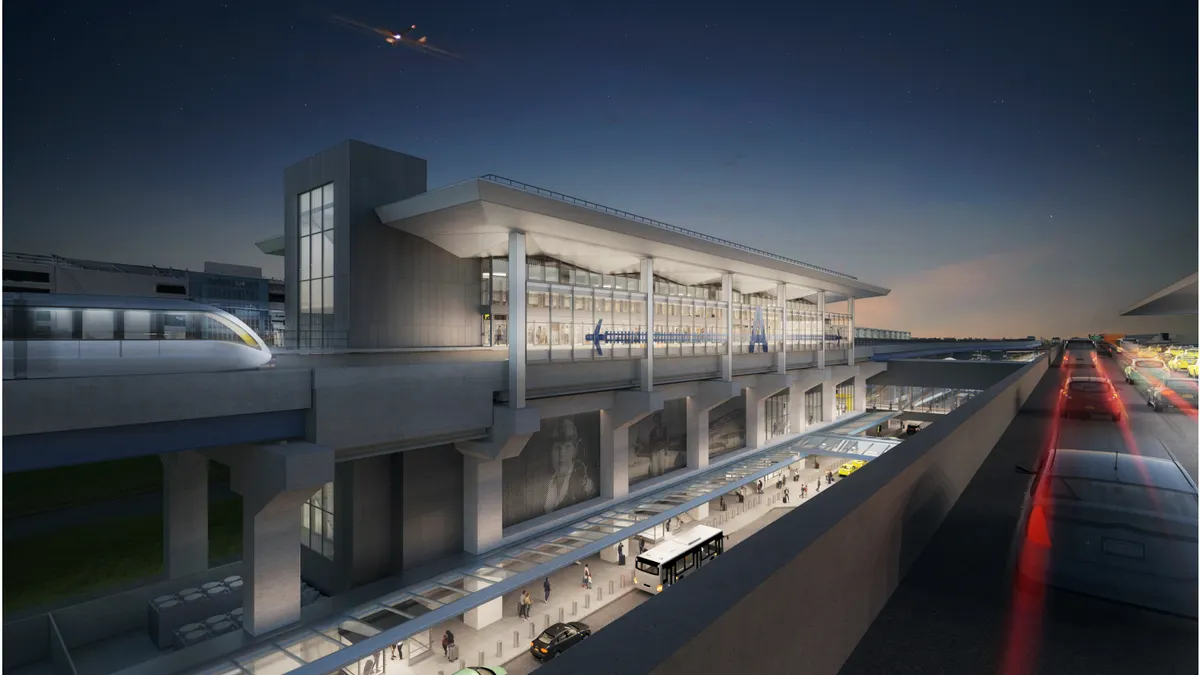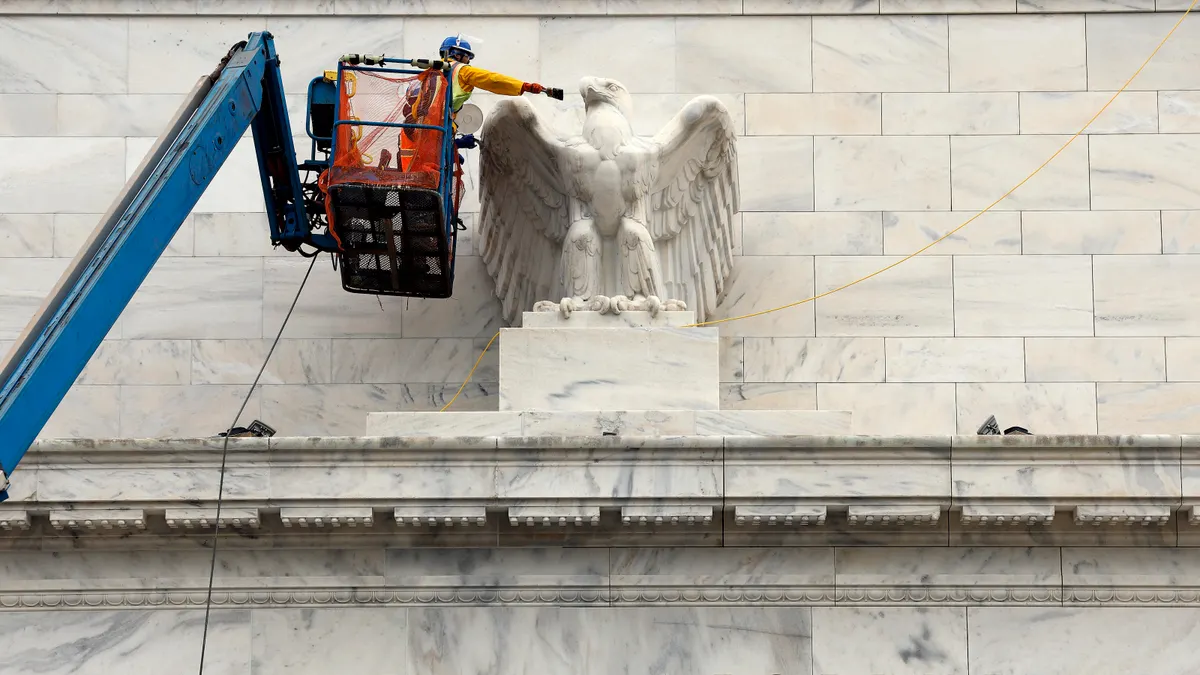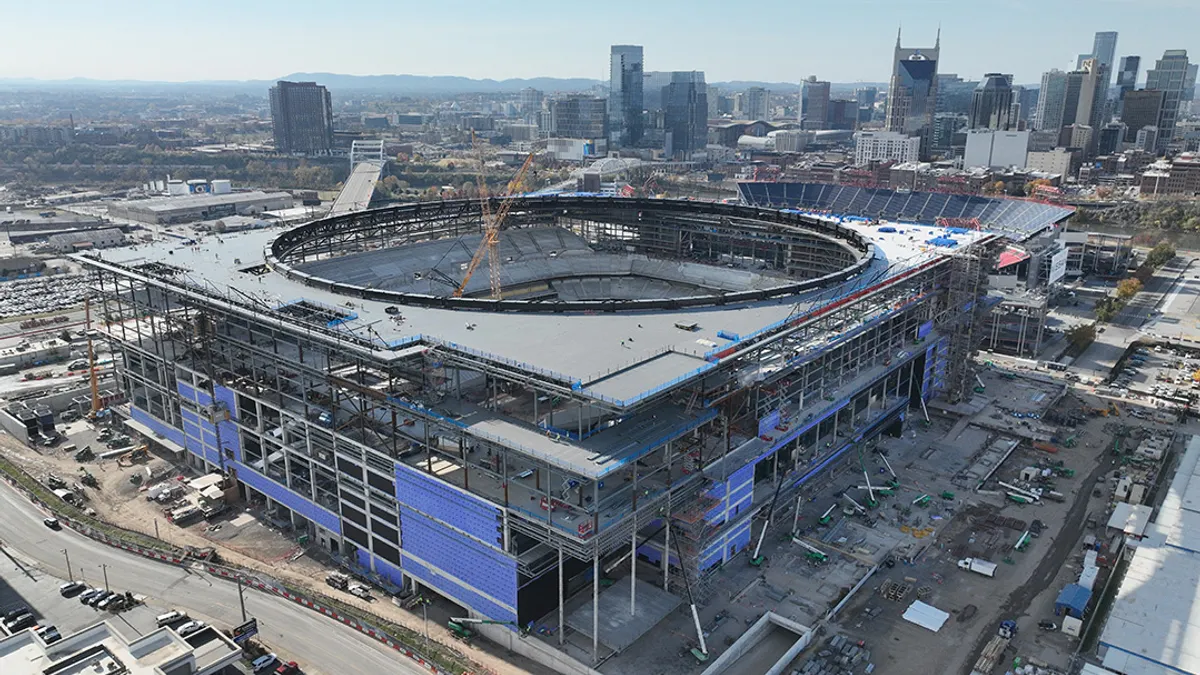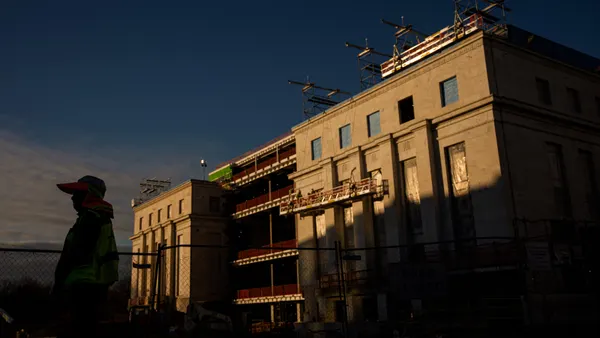Federal data went dark in October as the government shutdown stretched into its second month.
The lack of government data has left builders without the usual reads on construction spending, producer prices and overall job numbers. With these reports on pause, construction firms face a data vacuum on materials costs and pace of construction investments, along with a limited grasp of overall labor availability.
But contractors, despite the absence of these reports, still feel activity is on the mend.
Data centers and healthcare projects anchored much of the industry’s momentum, according to the latest available reports. The Dodge Momentum Index, which tracks nonresidential projects entering planning, increased 3.4% for the month and now sits 33% above its 2024 level. Planning activity for data centers and healthcare construction “remained steadfast” and could translate into “stronger construction spending in early 2027,” said Sarah Martin, associate director of forecasting at Dodge Construction Network.
That pipeline strength also showed up in contractor backlogs, which held steady at 8.5 months in September, according to an Associated Builders and Contractors survey. Infrastructure construction remains the key driver, with data center projects also boosting work.
For instance, about one in five contractors reported active data center work during the survey period, and those firms averaged roughly 12 months of backlog compared to eight months among contractors without such projects.
Project stress indicators offered an encouraging signal too.
ConstructConnect’s Project Stress Index, which tracks delayed and abandoned jobs, fell 0.6% from August to September. That puts overall stress just 4% above its 2021 baseline and 0.5% higher than the same period last year.
The number of groundbreakings also improved, according to the latest report. Total starts climbed 3.1%, with nonresidential building up 11.9% in September, according to Dodge.
Nevertheless, public work could weaken further if the shutdown drags on, said Devin Bell, associate economist at ConstructConnect.
Federal funding pauses have already disrupted some projects, he said, compounding the effects of high costs and tight labor. About one in four contractors report delayed or canceled work tied to tariffs, and nearly half cite labor shortages as their biggest challenge.
Another positive showed up last week. The Federal Reserve cut its benchmark rate again on Oct. 29 by another 25 basis points. The move offered some relief for developers who have spent much of the year waiting on the sidelines, according to contractors.
Here, Construction Dive rounds up the latest economic data for builders:






